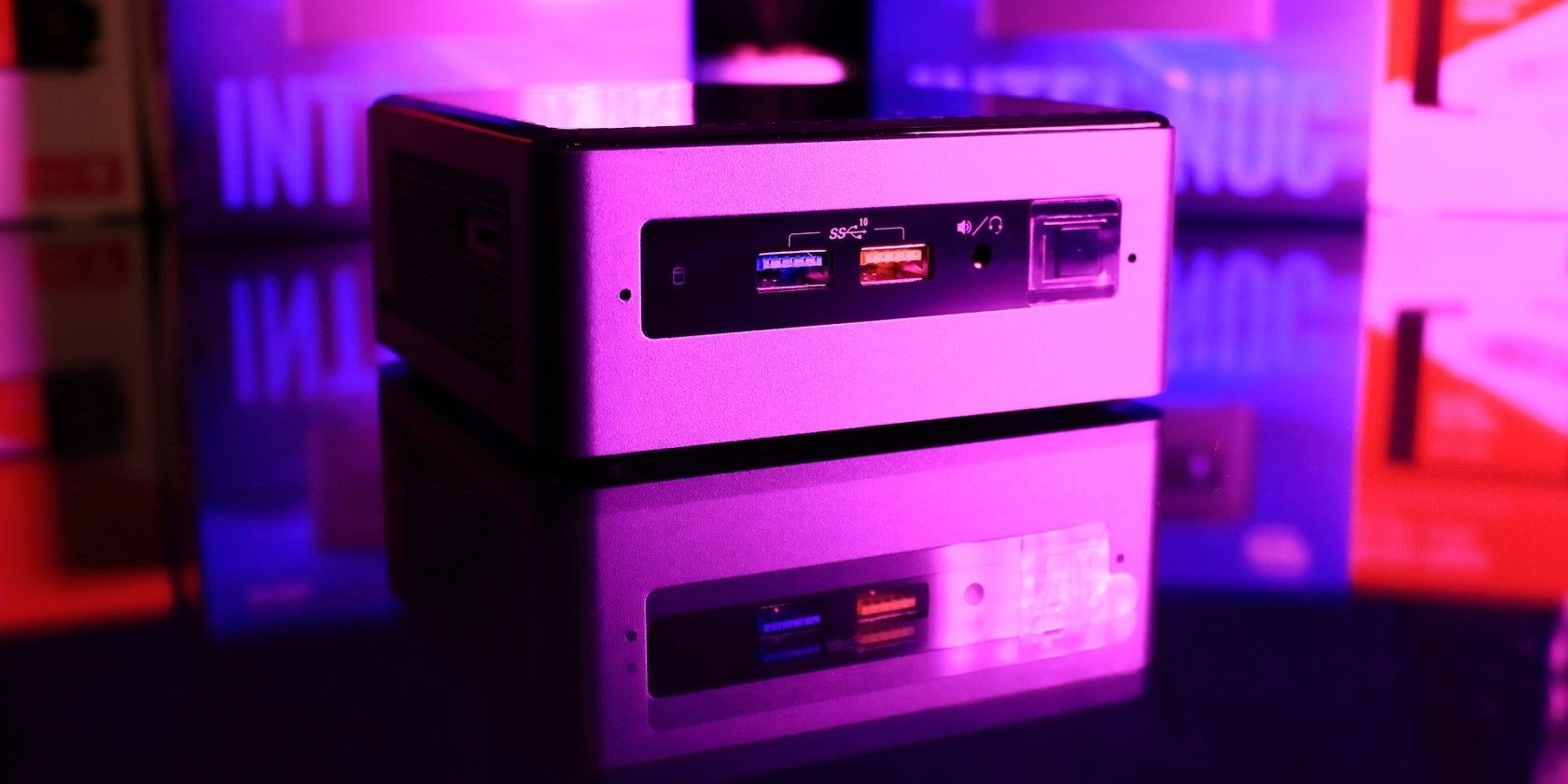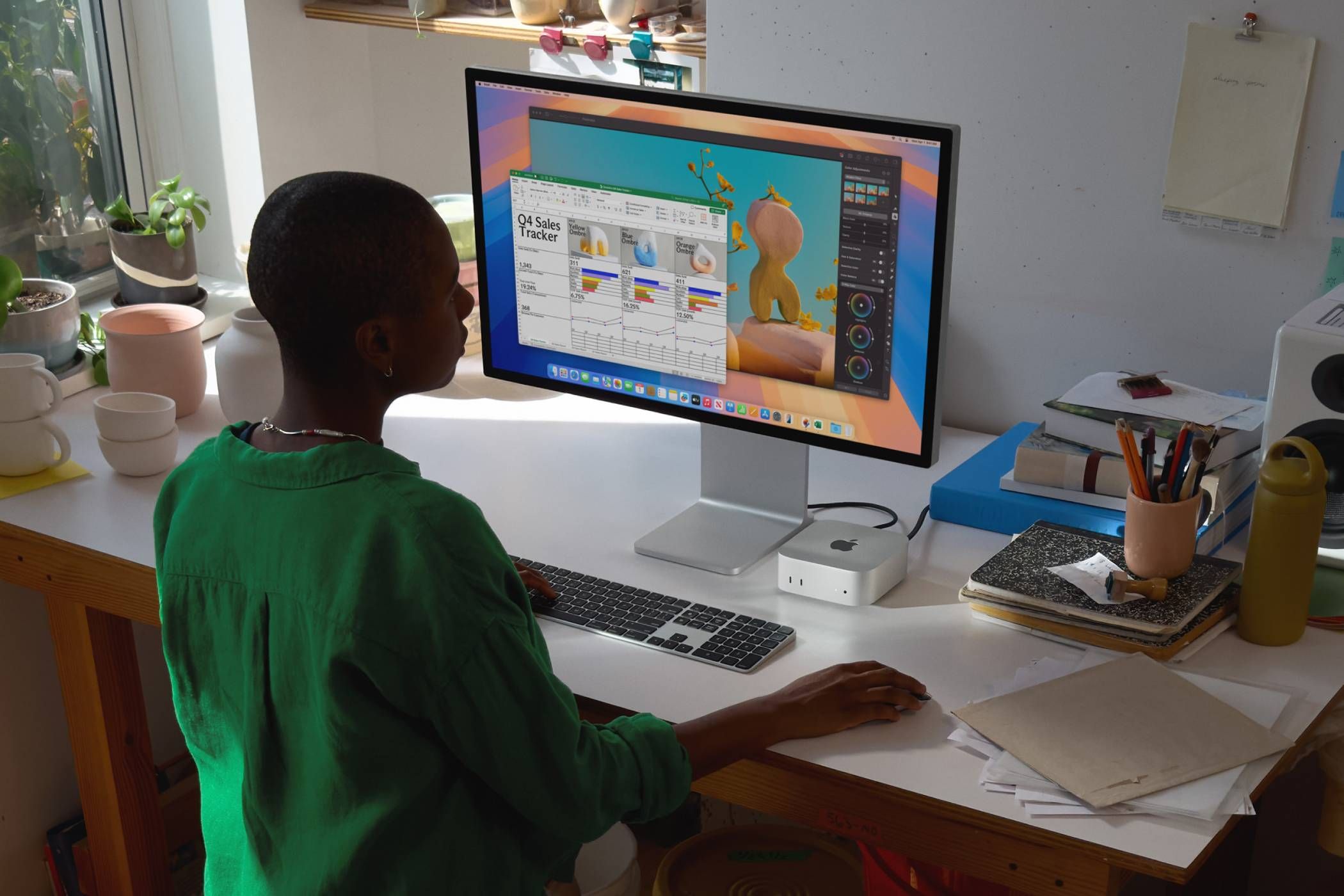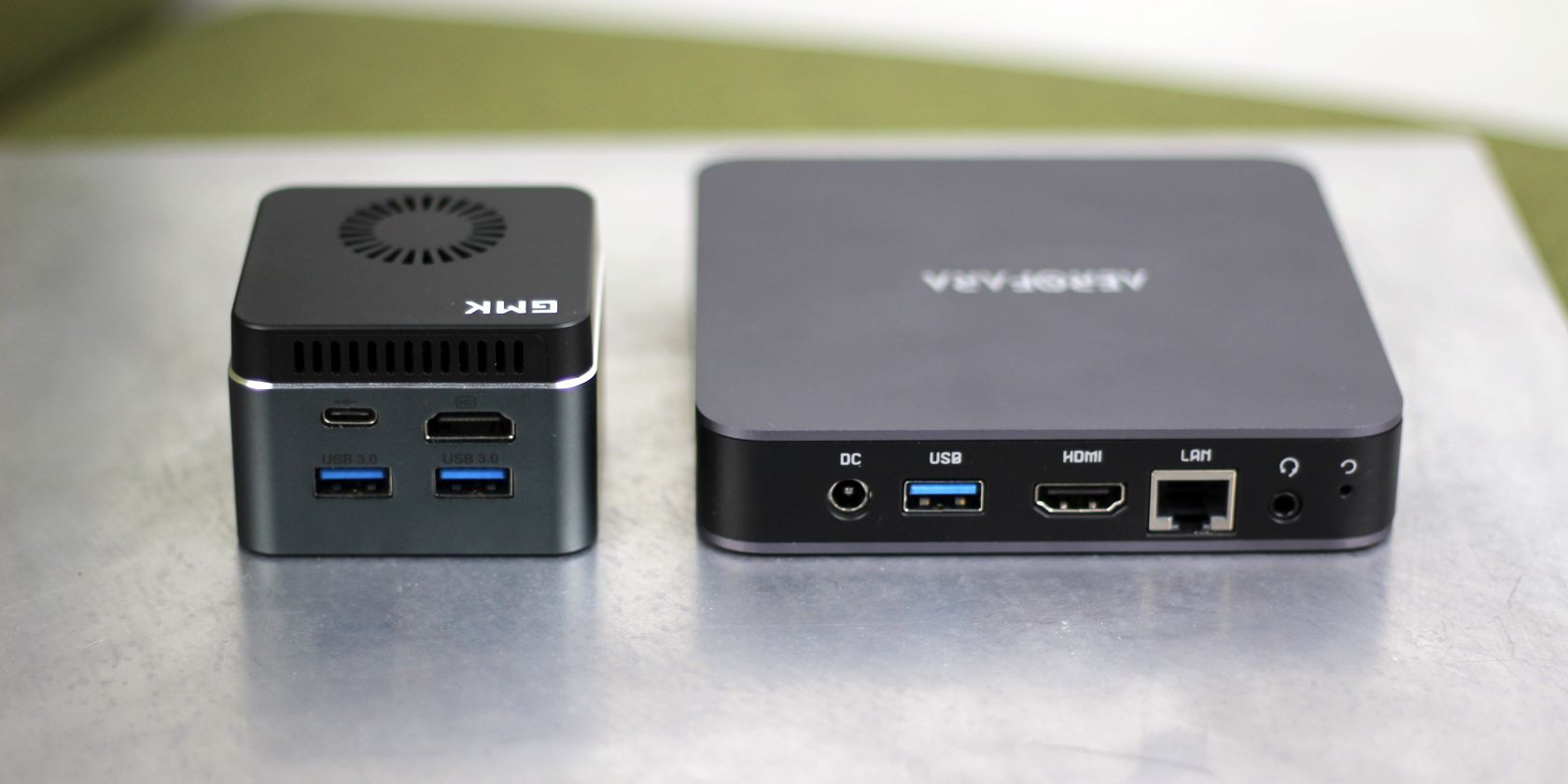If you still think a powerful PC means a giant tower under your desk, think again. Modern mini PCs are nothing like their older counterparts, which means it’s time to say goodbye to those big, old tower PCs.
4
Mini PCs Are Powerful Enough for Most Tasks
Don’t let their small size fool you; modern mini PCs pack a serious amount of power. For years, if you wanted a workhorse computer to handle your everyday tasks, you had to get a bulky desktop tower. And it was justified because desktop towers offered far more power than mini PCs.
However, thanks to improvements in hardware over the last couple of years, mini PCs have become increasingly capable machines that can handle most everyday computing tasks with ease. These tiny boxes pack more power than you’d get from desktop computers just a few years ago.
Take the 2024 Mac mini, for example. It’s powered by Apple’s 10-core M4 chip with a 10-core GPU. There’s also an M4 Pro option, with either a 12- or 14-core CPU paired with a 16- or 20-core GPU, respectively. Memory starts at 16GB but can be configured up to a whopping 64GB, depending on your needs.
If you prefer Windows, consider Beelink’s SER9 Pro. It ships with two CPU options: AMD’s Ryzen AI 9 365 (10-core CPU with a 12-core GPU) and Ryzen 9 HX 370 (12-core CPU and 16-core GPU). These chips can deliver boost speeds of up to 5.0 GHz and 5.1 GHz, respectively, and you can choose between 32GB/1TB or 64GB/2TB memory and storage configurations.
That’s serious hardware by today’s standards, and these machines can handle almost anything you throw at them without a struggle. With their power, they can easily breeze through mundane tasks like web browsing, office work, video conferencing, and media streaming. They’re even capable of handling more demanding ones, such as gaming, video editing, and software development.
And most people aren’t doing demanding tasks to justify getting more powerful hardware than mini PCs offer. Even a low-powered CPU can be enough for most of today’s tasks.
3
They Save Space
One of the most significant advantages of buying a mini PC is how much space it frees up in your workspace. Their small footprint means you only need to spare a tiny area on your desk for the PC, unlike traditional desktop computers, which require more space. Heck, you can even mount it behind your monitor.
Using our two models as a reference, the Beelink SER9 Pro measures 5.3 x 5.3 x 1.7 inches and weighs only 3.21 pounds. The M4 Mac mini, on the other hand, measures 5.0 x 5.0 x 2.0 inches and is barely two pounds (the M4 Pro model, the heaviest of the two, is just 1.6 pounds).
Mini PCs are perfect for compact work setups where space is limited. Another advantage of the small footprint is that they’re portable and can be easily carried around, just like laptops. Of course, mini PCs aren’t as convenient as laptops because you’ll need a mouse, keyboard, plus a portable monitor.
2
They Cost Less Than You Think
Despite packing more than enough power for most people and tasks, mini PCs are surprisingly affordable. Entry-level mini PCs start as low as $150 to $200, with some going for even less.
The GMKtec Mini PC, for example, is an entry-level model that starts at around $158 as of this writing. It packs 16GB RAM, 512GB storage, and Intel’s N150 processor. The M4 Mac mini starts at $599 for a 16/256GB model, while the Beelink SER9 series starts at around $829. Beelink’s previous generation SER8 mini PC is even more affordable, starting at $479 for a model with 24GB RAM and 1TB storage.

Related
Mini PC vs. Desktop PC: What Should You Buy?
Do you really need a big, bulky desktop PC? It’s time to consider switching to a mini PC.
And with the vibrant mini PC market, you’ll surely find something that’s just powerful enough for everyday needs, fitting your budget. Compared to laptops or desktops, you get more computing power for a fraction of the cost.
1
They’re Quiet and Energy-Efficient
When you compare costs, it’s not just about the sticker price. Mini PCs also help you save money on energy costs. They often use efficient CPUs that generate less heat, allowing manufacturers to build models with smaller, quieter fans or, in some cases, no fans at all.
Energy efficiency is another significant benefit of opting for a mini PC, as they utilize power-efficient CPUs compared to full-sized tower PCs. For context, the TDP (Thermal Design Power) of the AMD Ryzen AI 9 365 processor used in Beelink’s SER9 Pro is just 65W, the same as the base version of Apple’s M4 chip. That’s almost half the default TDP of AMD’s desktop-class Ryzen 9 9900X3D.
It might not seem like a significant difference, but over the course of a year, lower electricity usage can trim your utility bills, especially if you leave your computer running for extended periods each day.
Modern mini PCs might be the only computers you’ll ever need in 2025 and beyond. They’re portable, energy-efficient, and affordable compared to desktop PCs, and yet powerful enough for most tasks.









Leave a Comment
Your email address will not be published. Required fields are marked *